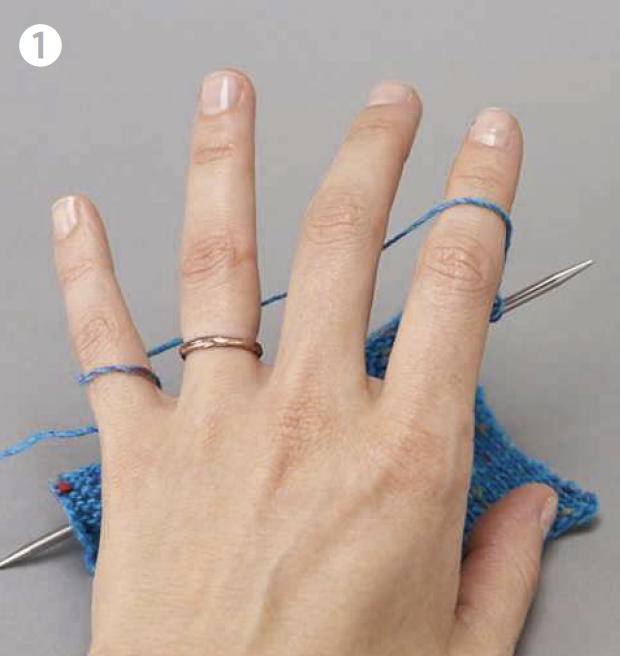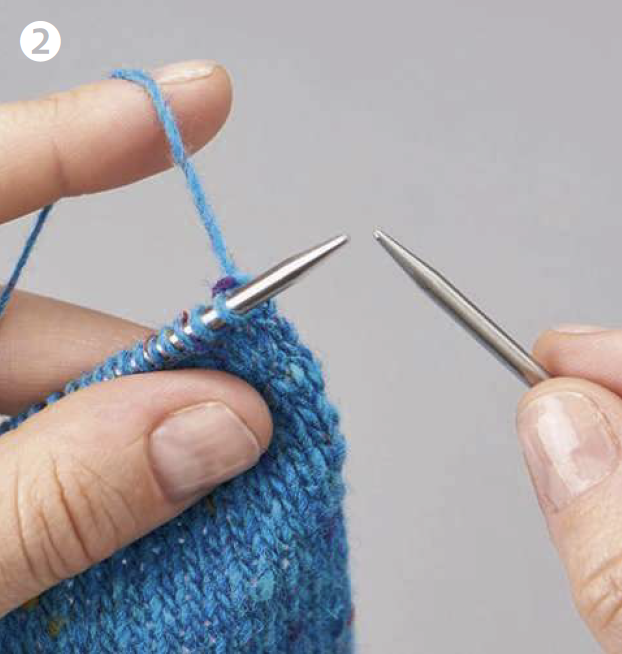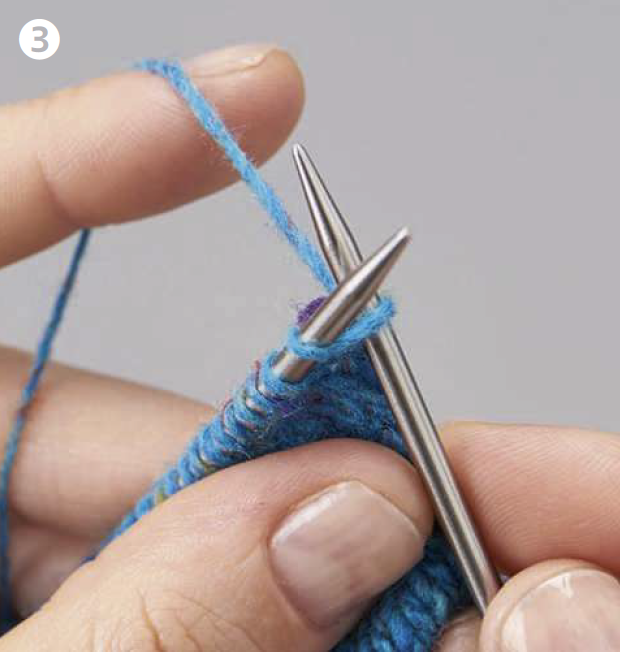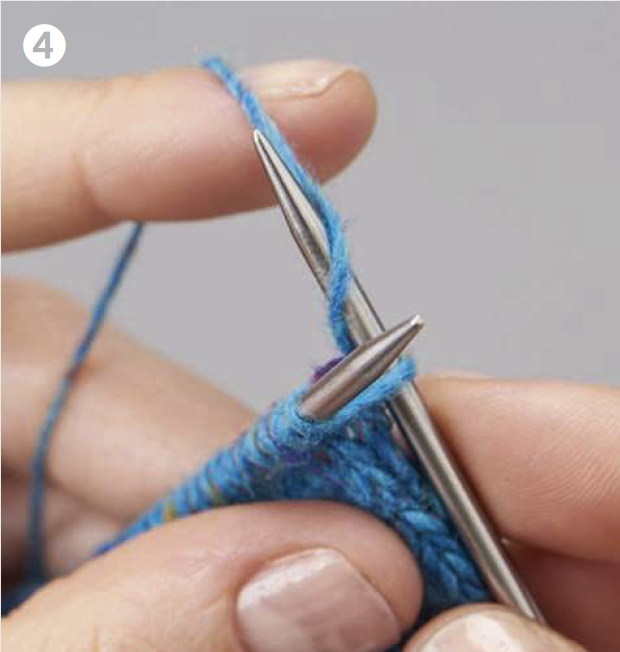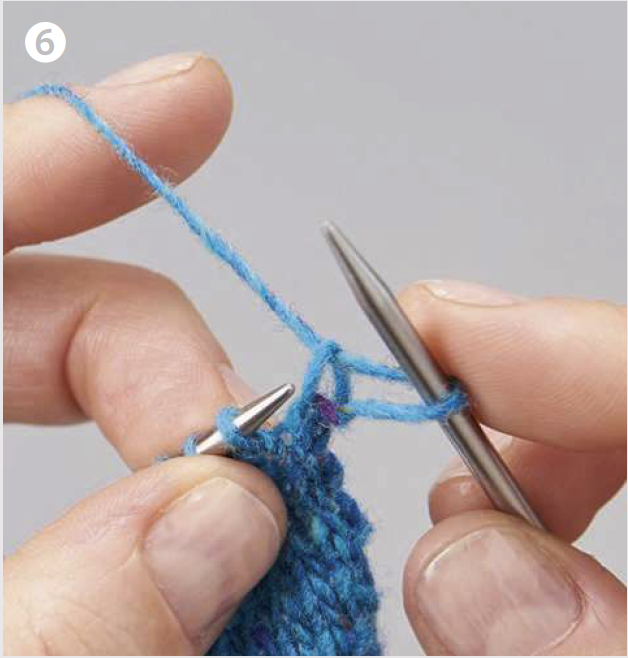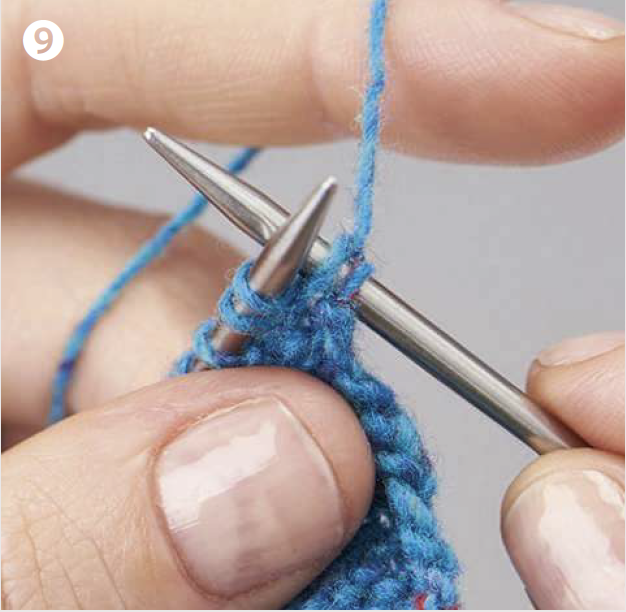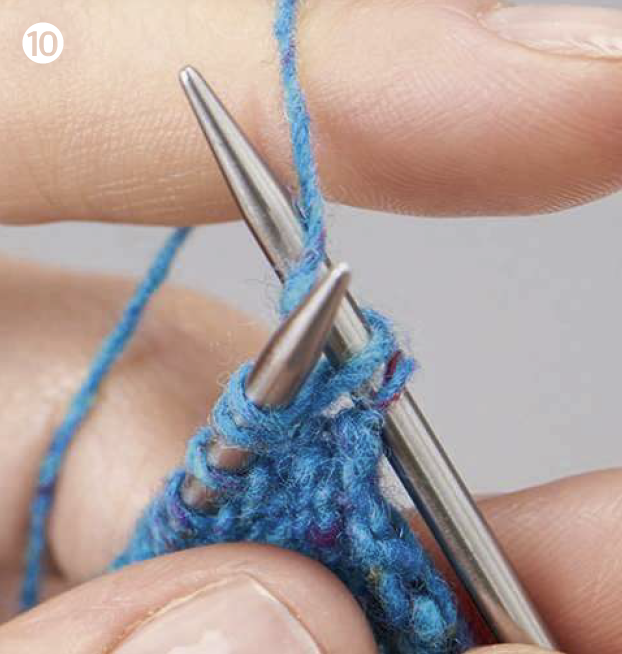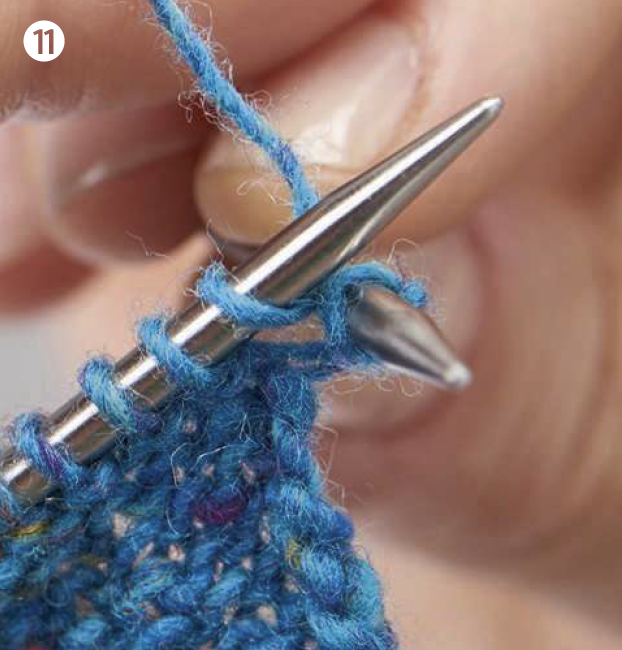Trying something new is a theme that runs through my life. Whether it’s a new knitting technique, unusual food, or a completely new craft, I love any kind of journey of discovery. And so it was that I decided to try to learn a new method of knitting around five years ago... I’d been struggling with wrist and finger pain following a project involving acres of 1x1 ribbing, and decided that a change in my normal knitting movements was in order. I had tried holding the yarn in my left hand a few times in the past, but never took to it quickly enough to overcome the frustration.

This time, with motivation for learning, I took it slowly but surely, and gradually the movements became less alien. When you can already do a skill well, it’s harder to learn a new method for that same skill, since you know that you can already do it. It’s all too easy to swap back to the old, comfortable method. Don’t be discouraged though! There are some really good reasons to push past through the learning barrier, and to become comfortable in more than one way of knitting:
Reasons to learn continental style knitting
- Being able to knit with more than one method leads to more varied movements which decreases the chances of developing RSI or other related fatigue injuries.
- Some knitting techniques are particularly well suited to one method of knitting or another.
- Changing your knitting method can subtly affect the tension with which you hold your yarn. You may be able to put this effect to good use, and swap methods to fine-tune your gauge.
- The general brain-benefits in learning a new skill are well documented, and we could all use some extra neural pathways!

What is continental knitting?
Without realising, I already knew two methods for knitting, but both involved holding the yarn in my right hand. The first was how I (and many others) learned - with the yarn between my thumb and forefinger, letting go of the right needle to wrap the yarn around each stitch. And the second developed over time as I looked to increase my knitting speed - with the yarn wrapped over just my forefinger, and flicking it over the needle tip without letting go of the needle. I was keen to add a third method to my battery of techniques, so I set out to teach myself to hold the yarn in my left hand.
This method is sometimes called Continental knitting, or picking (as opposed to the English method, or throwing, where the yarn is held in the right hand). These names aren’t necessarily geographically helpful, so I’ve stuck to referring to the hand used to control the yarn.
First, I needed a suitable project to work on – I didn’t want to learn a new method while working a complex lace or cable project! I chose my ‘Still Light’ tunic, a pattern by Veera Välimäki which involves rounds and rounds of stocking stitch – something that is particularly suited to knitting with the yarn in your left hand.
Having chosen my project, I took my time, and built up slowly. For the first week or so I concentrated on changing my technique for just 10-15 minutes at a time. I didn’t watch TV and knit, but instead focused on my movements and tried to remember that it would take a while to become second nature. It was a pleasant surprise that after a couple of weeks I would automatically pick up my work ready to knit in the new method.
As it happens, I’ve not become a total convert to holding the yarn on my left. I’m quite dominantly right-handed, and given the choice, I feel most comfortable knitting with the yarn on that side - I certainly prefer purling that way! The benefit comes when I have a lot of time to knit, or a deadline looming, and I can mix things up, switching to and fro to give my hands some variety. That said, a project with a large swathe of stocking stitch in the round is very pleasant to work the other way round, so it’s great to be able to mix and match.
